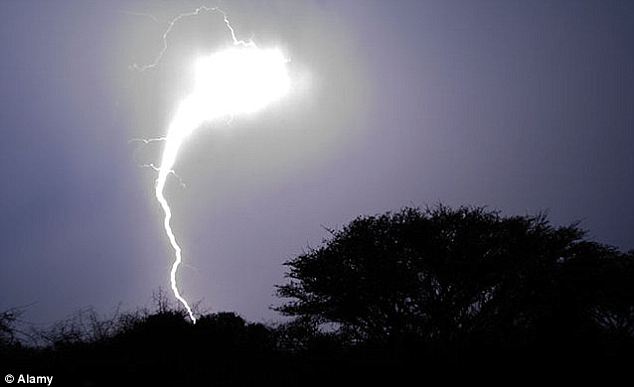Nikola Tesla, the physicist who invented AC power, supposedly created ball lightning in his lab. He wrote in 1904 that he ‘never saw fireballs, but…succeeded in determining their formation and producing them artificially’. It was a surprising claim then, and is perhaps even more surprising now given that modern scientists have struggled to reproduce the results.
What’s more, many in the scientific community remain sceptical about the existence of ball lightning, full stop. However, eye witness reports of naturally occurring ball lightning were made as far back as the era of the ancient Greeks. In modern times, the phenomenon of ball lightning has generally been described as being a luminous sphere that appears during or after a thunderstorm. There have also been reports of lightning balls passing through window panes and down chimneys.
Some theories suggest ball lightning is a plasma, others that it is the result of a chemiluminescent process – light that occurs due to a chemical reaction. In August 2013, researchers at the US Air Force Academy in Colorado made and photographed bright white plasmoid balls in their lab. The balls were generated from high-power electric sparks, discharged by electrodes partly submerged in electrolyte solutions. Even the researchers couldn’t be sure that what they had created was ball lightning. Therefore, they refer to the phenomenon as “ball-lightning-like atmospheric pressure plasmoids”. Slightly less exciting than Tesla’s fireballs, perhaps, but it’s certainly the closest that anyone has come to repeating his work.

No comments:
Post a Comment